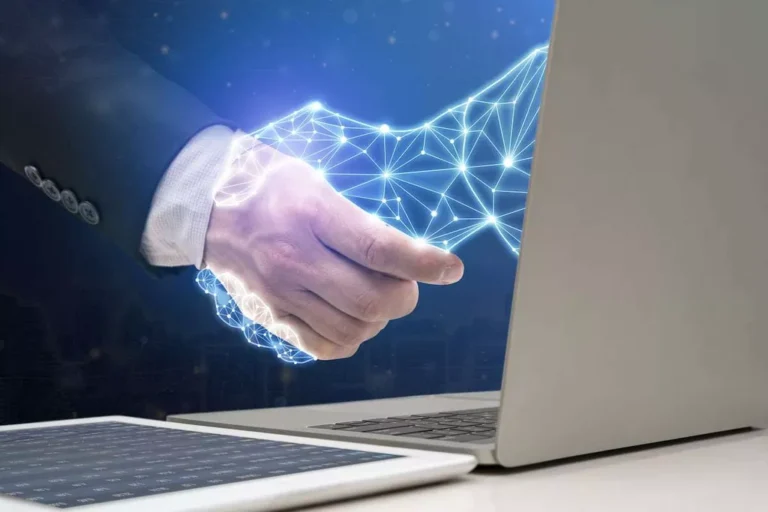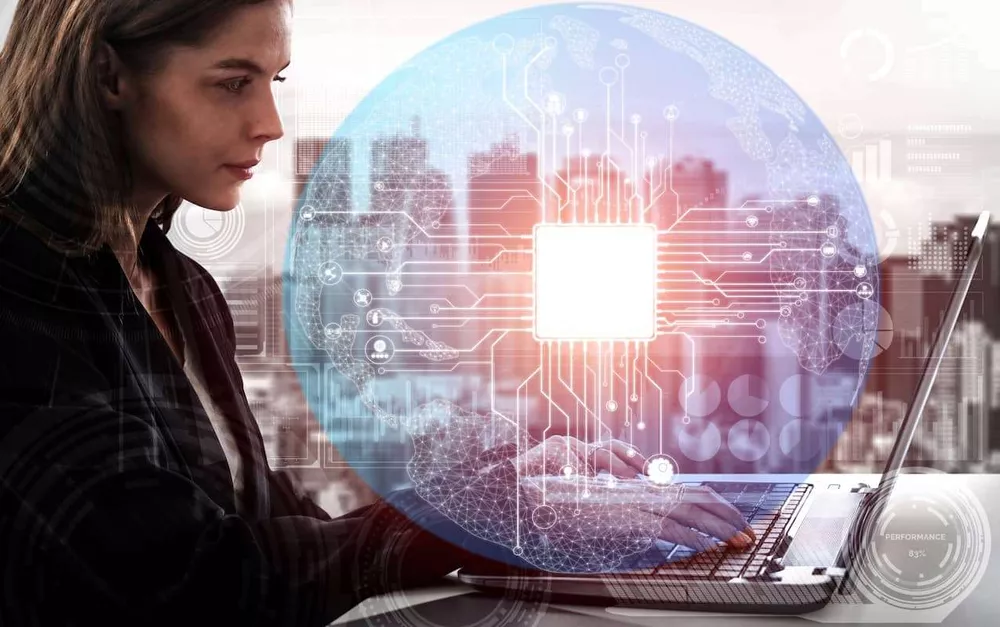This implies that the community could be scaled up as visitors or the variety of IoT devices increases over time. If you assume that the fog and edge are terms of distinction and not utilizing a difference, you’d be largely appropriate – which also means you’d be partially incorrect. In advocating one expertise over the opposite, supporters level to a slim set of variations. That “narrow set of variations” is still sufficient, however, https://www.globalcloudteam.com/ to warrant a distinction.
Key Differences
One Other essential distinction lies in the dependency on community connectivity and its impression on the computing models’ efficiency and reliability. Edge computing is designed to function independently of fixed network connectivity, processing knowledge directly on the system. This autonomy makes it significantly appropriate for environments the place community availability is inconsistent or the place real-time decision-making is critical, without the delay attributable to data transmission to distant servers. Each technologies can be used collectively to create a powerful solution for distributed processing.
Because cloud servers are hosted off-site in devoted information facilities, they’ll rapidly respond to consumer demand by tapping into further resources and scaling as a lot as meet elevated wants. In distinction, fog computing relies on local hardware, which can be slower to respond due to elements corresponding to latency and restricted bandwidth. Cloud computing, in distinction, depends on remote servers positioned in knowledge centers, potentially thousands of miles away from the information fog computing vs cloud computing supply. This centralized mannequin can introduce vital latency however provides huge storage and processing capabilities. By processing data on the edge of the community, nearer to the source, fog computing dramatically reduces the time it takes to research and reply to data.
Before starting at Network World in January 2012, he labored for a day by day newspaper in Massachusetts and the Worcester Business Journal, where he was a senior reporter and editor of MetroWest 495 Biz. Fog computing is the concept of a network material that stretches from the outer edges of where data is created to where it’ll ultimately be saved, whether that’s within the cloud or in a customer’s information heart. There are several forms of fog computing, together with client-based, server-based, and hybrid fog computing. As such, when considering the pros and cons of cloud vs fog computing, the question of location consciousness turns into an essential issue to contemplate.
Functions Of Fog Computing

Enhancing performance and efficiency can provide enhanced privateness, security, and reliability for related units by lowering their dependency on the internet. Total, fog computing represents a serious shift in how knowledge is collected and processed, offering thrilling new potentialities for connecting units and managing data in new methods. In this post, we’ll explore the important thing differences between cloud and fog computing and explain why fog computing and cloud computing are becoming more and more well-liked amongst businesses. By understanding these differences, you also can make an knowledgeable decision about which answer is greatest for your corporation.
Our Community

Edge computing brings computing nearer to the supply of information, while fog computing extends the capabilities of edge computing by providing additional computing resources and companies to edge devices. Both models have many sensible purposes in today’s digital age and can play an increasingly essential role in the means ahead for computing. Edge computing and fog computing are two ideas that are typically used interchangeably, but they have necessary variations. Edge computing is a decentralized computing model that brings knowledge processing closer to the gadgets and sensors that generate it. Fog computing, then again, is a distributed computing mannequin that extends the capabilities of edge computing to a bigger community of devices and sensors.
- All these gadgets will produce big amounts of information that should be processed shortly and in a sustainable means.
- General, choosing between these two systems depends largely in your specific wants and goals as a consumer or developer.
- This enlargement is geared in direction of catering to buyer and market demands, enhancing adaptability, and strengthening resilience.
- Total, whereas each cloud and fog computing have their respective advantages, it is essential to fastidiously contemplate which model is best suited in your particular wants.
Typically, the hubs, routers, gateways, and other networking-related tools at the fog layer carry out networking-related duties. According to researchers, these gadgets are anticipated to be capable of concurrent processing and networking duties. Despite these units having fewer obtainable assets than cloud servers, their geographical dispersion and decentralized nature enable them to provide dependable providers with widespread protection. The bodily location of the devices in fog computing is significantly closer to the shoppers than cloud servers are. Fog computing is a distributed computing mannequin, which implies that it may possibly scale to fulfill the wants of huge and sophisticated methods. The fog layer provides additional computing sources and providers to edge devices, which permits organizations to course of more knowledge in real time.
For example, linked cars generate a major volume of information that must be analyzed in real-time to allow options corresponding to autonomous driving. It employs a network of remote data facilities where data processing, storage, and management happen. Nevertheless, Fog computing utilizes a method more distributed setup, with quite a few smaller server clusters positioned at varied factors throughout the community. This makes fog computing rather more environment friendly by method of iot cybersecurity resources, resulting in sooner communication speeds and lower latency when compared to cloud computing. As a end result, data is processed quicker and extra efficiently with fog computing than with cloud computing, making it a more fascinating possibility for functions that require real-time responsiveness. Whether it is streaming video or interacting in a digital surroundings, totally different traits of fog computing supply a stage of pace and agility that the cloud simply can’t match.

The internet of issues (IoT) is a system of interconnected units, sensors, and software program parts that share knowledge and knowledge. The power of the IoT comes from its capacity to collect and analyze large volumes of knowledge from varied sources. This information can be utilized to improve efficiency, optimize operations and make better decisions. Fog computing is a vital pattern to know for anybody working in or planning to work in technology. It has many potential functions, from industrial and manufacturing settings to hospitals and different healthcare amenities. The primary difference – at least as it’s being defined nowadays – comes from the truth that the cloud exists via a centralized system.
Without a high-quality community, data can turn out to be corrupted or misplaced, which might have severe penalties for customers. In distinction, fog computing takes a decentralized approach, relying on methods on the edge of the community, such as individual gadgets or sensors, to store and process information. The integration of information is a key factor that differentiates cloud computing from fog computing. Cloud computing depends on centralized data storage, with all processing and analysis happening at a central location. When it comes to fog computing vs cloud computing, there are a variety of key variations that set these two technologies aside. Perhaps the most important distinction is latency or the amount of time required for data to journey between gadgets.
Take No Stress and Learn Cloud Computing from scratch with KnowledgeHut, a web-based course that may vanish away all of your ifs and buts with particular cloud computing steering from trade consultants. According to projections by IDC, by 2025 the world will witness fifty five.7 billion IoT gadgets, producing almost 80B zettabytes of knowledge. Firms are persistently integrating their internal operations via digital networks, understanding the criticality of widening their operational ecosystem. This enlargement is geared towards catering to buyer and market demands, enhancing adaptability, and strengthening resilience.